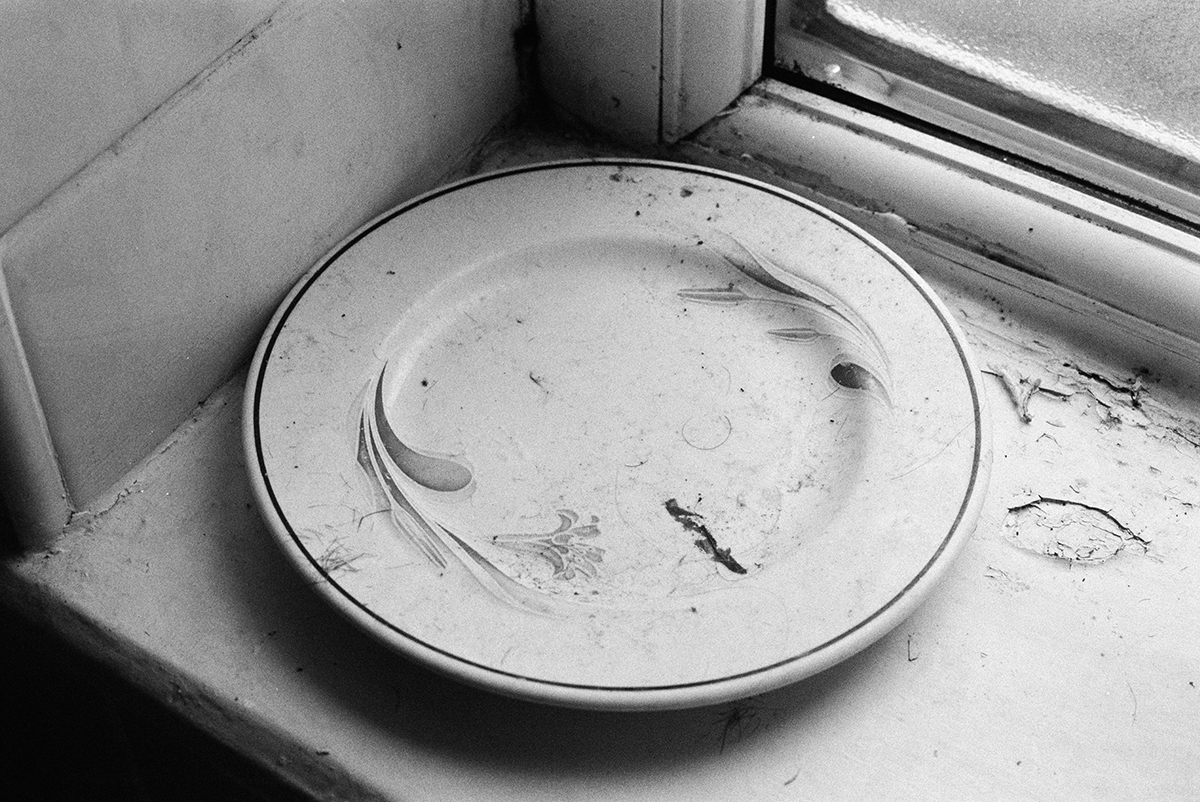
© Elizabeth Lyons
When we first came across the Bathroom Darkroom Project, curated by Shutter Hub member Rachael Burns, we found the idea and concept fascinating. We wanted to find out more, and figured other people would too, so we’ve invited Rachael to tell us about the project in her own words, and give us a ‘behind the scenes’ view…
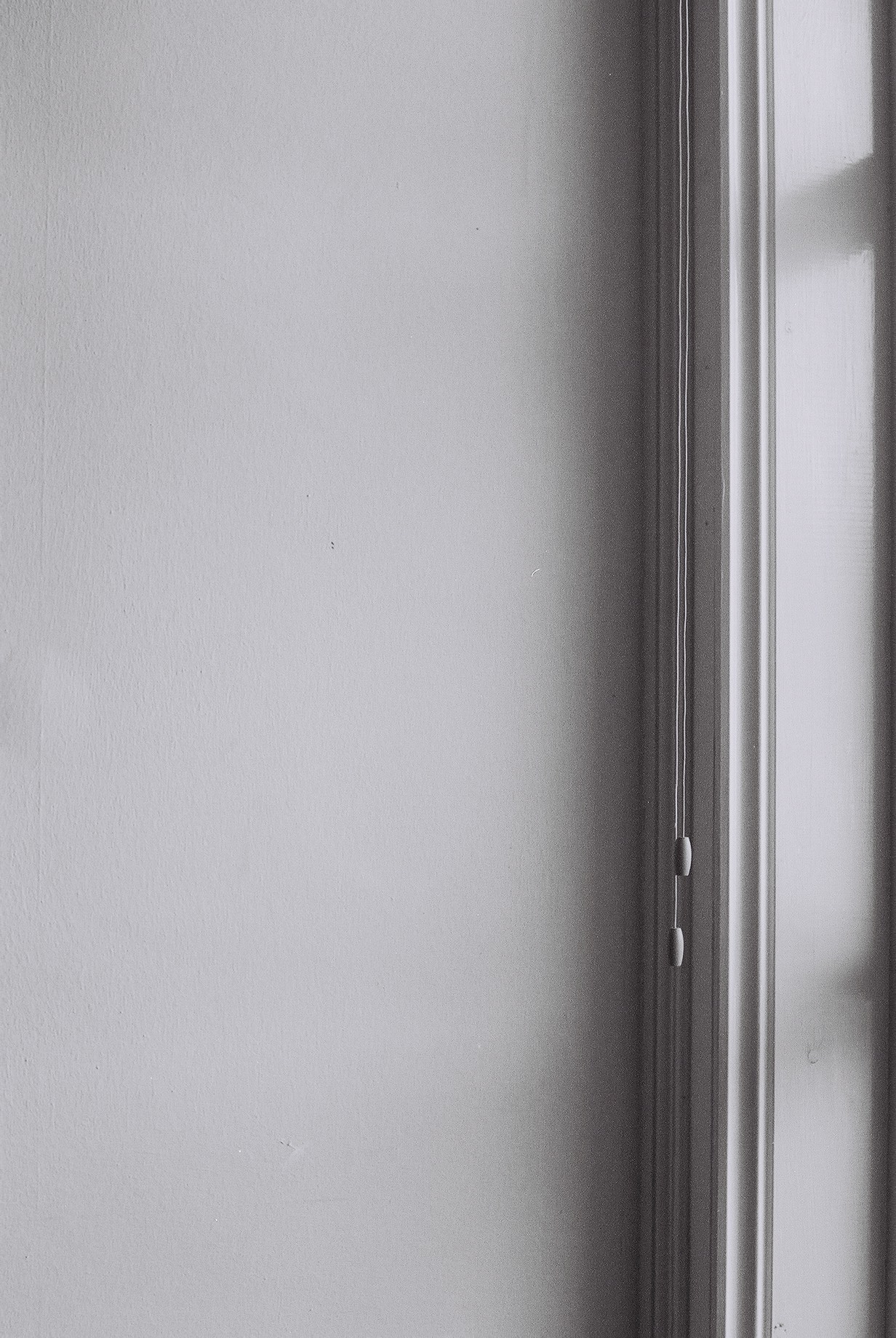
© Anna Columbine
The Bathroom Darkroom Project was founded in response to the house I was living in at the time. It was a large shared house rented out by an agency room by room and had a constant rotation of tenants with most people staying in the house for the minimum term of three months. This housing situation, while peculiar, is becoming more and more the norm and I wanted to make work about the house to use the situation to my advantage and root myself into the space that I didn’t feel was my own. Because of the size of the house we had three bathrooms, one of which was perfectly set up to become a temporary darkroom.
My most significant project prior to this had involved documenting the photographs on display in people’s homes and interviewing the homeowner about the significance of those images, so opening up my own house as subject matter seemed to be a natural progression. I set up an open call inviting artists who would be interested in using the house and darkroom to make work and was pleasantly surprised by the quality and volume of submissions.
The darkroom itself took over the entirety of the bathroom on the top floor of the house. It’s a small, airless, windowless room and turning off the landing light made it completely pitch black. To build the darkroom I would drag my bedroom furniture across the hallway into the bathroom, the desk the perfect size for the enlarger and the first two trays, and a chest of drawers holding the tray of fix. The toilet was boxed in underneath the desk with the safelight perched on the loo roll holder; we washed prints in the bath and hung film to dry on a washing line strung up across the shower cubicle. All the equipment had been generously donated by friends and colleagues from the art school, and driven back from Yorkshire in the boot of a friend’s car.
The enlarger was in perfect working order but with no timer, so exposures ended on pulling the plug from the extension cable snaked in and taped down to the floor. Luckily there was ventilation in the bathroom, but it only operated when the lights were switched on and for a short while afterwards so participants had to be reminded to occasionally pack away their paper and turn the lights back on for a breather.
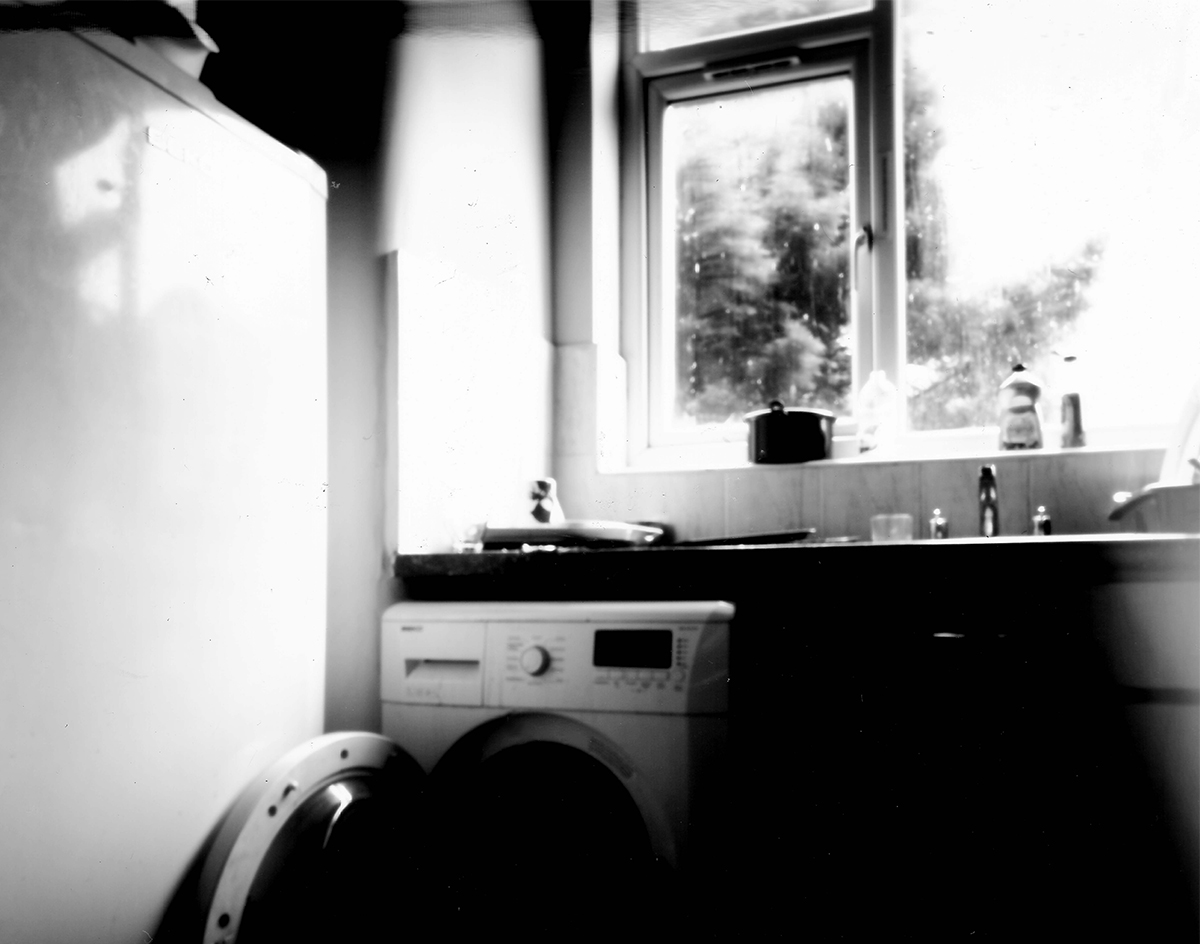
© Barbara Jones

© Melanie King & Jennifer Brookes
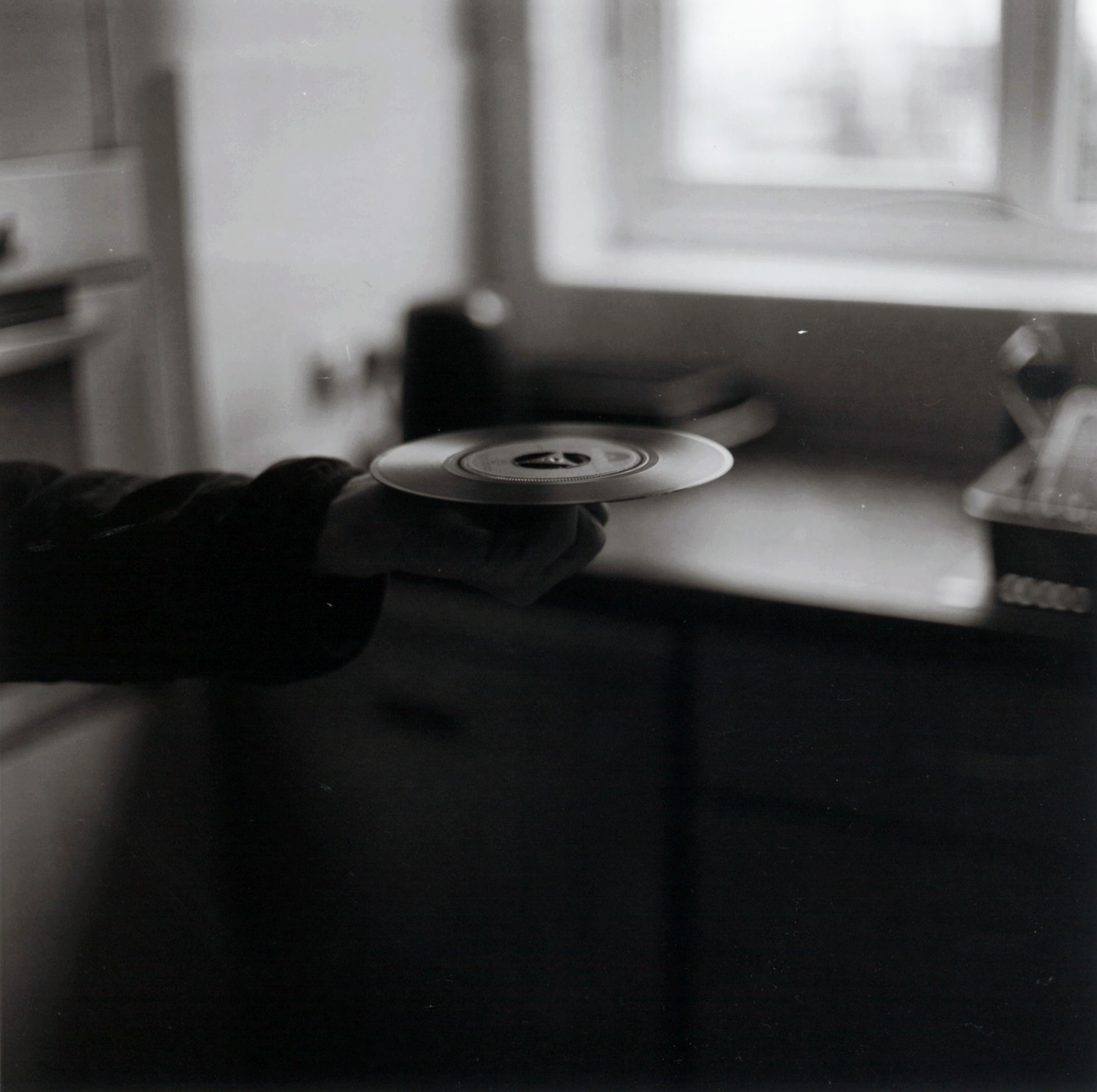
© Elizabeth Wewiora & Many Hands Craft Collective
The invited artists then spent anything from an afternoon to four days in the house, working with pinholes, plate cameras, photograms, polaroids and film to document the house, or using the makeshift darkroom to process and print work they’d made in their own shared housing. Artists worked both independently and collaboratively, with some recording it exactly as they found it, others creating and documenting performances within the house, or using the house itself as a camera by blocking out the kitchen windows to create a camera obscura.
The resulting work created a portrait of shared living and the participants’ experiences within it, as either a resident or visitor. It was interesting to see their reaction to the house; it was a nostalgic trip back into student living for some and completely alien to others. From using the same house as subject matter they came back with a hugely diverse range of responses to the project and I would often be presented with images that I didn’t recognise as my own home.
Once the artists had all had some time to work on the project we held an exhibition and potluck buffet in the original house, giving them an opportunity to meet each other and see the variety and quality of the work produced so far. It was also an interesting way to test out the work first in a less formal setting, and to put the work back into the space where it was made.
It was important to me from the start of the project that it cost little or nothing to participate in, having found it difficult myself since graduating to afford to make and exhibit work. To keep the overall running costs of the project low we exhibited in the Grosvenor Gallery at Manchester School of Art; a space available to students and staff free of charge to test ideas and exhibit work and one of the last of its kind available in Manchester. I booked it for the following April, taking the resolution of the project to a year since it began.
This gave plenty of time for artists to return to the house, and for me to work with them to decide on the final presentation of their work where possible. Although the responses to the project were very varied, the constraints of working in a black and white darkroom gave the final pieces some uniformity, which helped with the curation of the exhibition. I also began work on my own piece for the exhibition, a scale model of the original bathroom created from measurements and photographs taken before moving out of the house in March. It was built as wooden panels that I covered in large format paper prints of the tiles to form the walls and assembled in the gallery space.
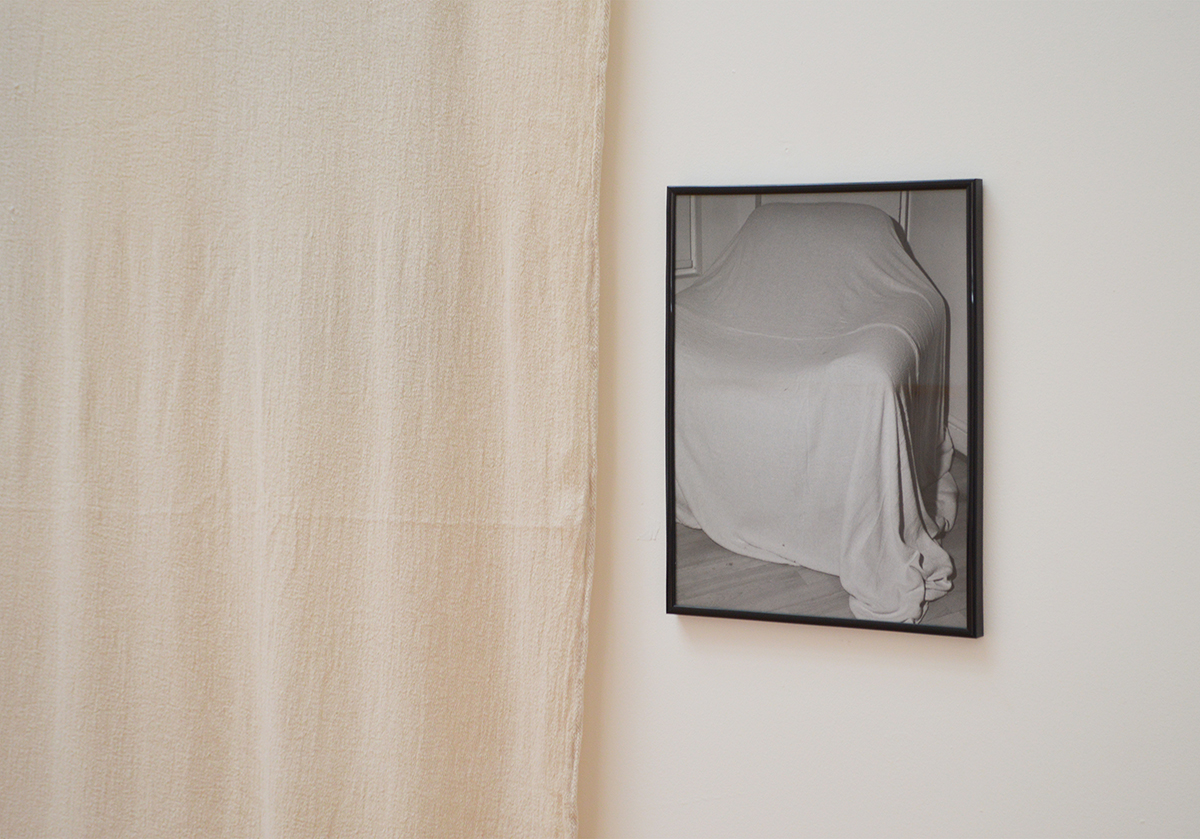
© Matt Leeves
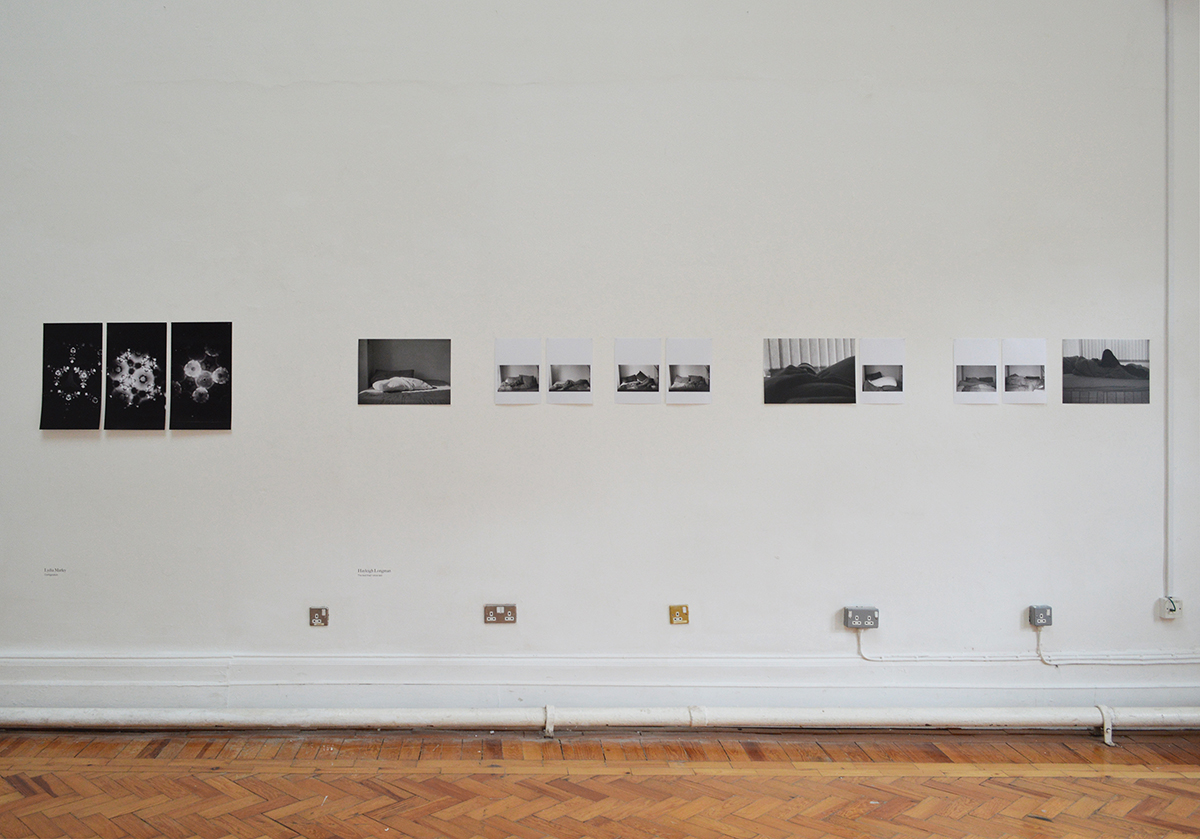
Images by Lydia Marley (L) & Hayleigh Longman (R)

Images by Hayleigh Longman
One of the artists had already been working with poetry alongside her visual output for the project so it was a natural progression to produce an exhibition catalogue commemorating the project and to include texts by other artists and writers that addressed some of the themes of the project. I held a second call-out, this time for written work of any form that addressed the themes of housing, shared spaces and the boundaries between the private and public. At this point having run the project for most of the year I’d met many people who had also set up their own home darkrooms, so I interviewed as many of them as I could about their motivations for setting up a darkroom in their house and if and how it had changed the way they make work and view their practice.
The texts ranged from poetry to short essays, with some of the writers visiting the bathroom darkroom house before they started writing in a process similar to the photographers who had taken part. The catalogue was printed and hand finished in Manchester, and launched on the opening night of the exhibition. It features work from all thirteen artists and six writers who participated in the project, and all proceeds from the sales of the catalogue go towards reimbursing the running costs of the project.
If you would be interested in finding out more about the project please visit the website and Instagram account where I will be continuing to post work from the project.
If you’ve got an interesting project you’d like to share, get in touch at info@shutterhub.org.uk
























